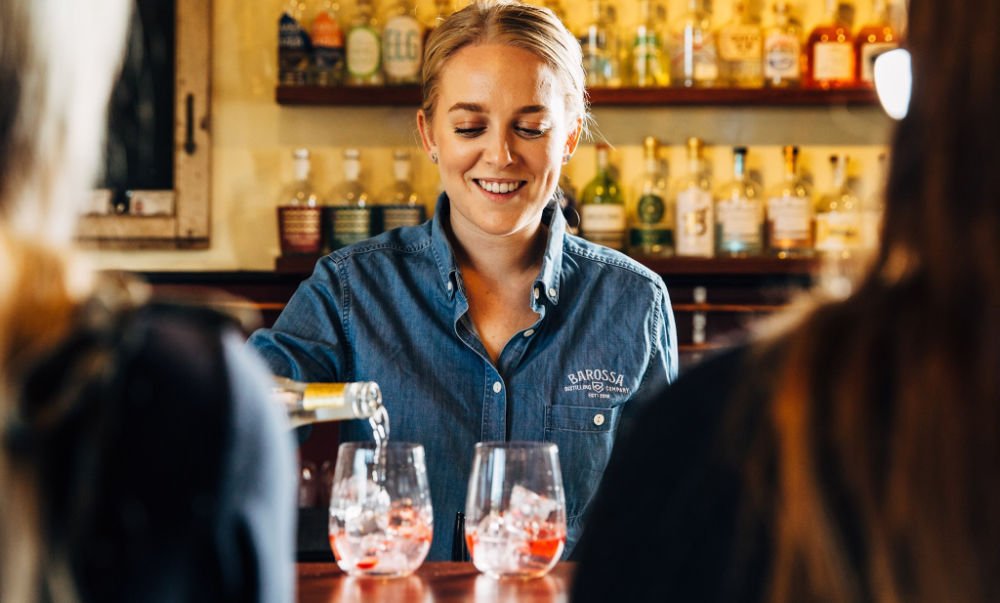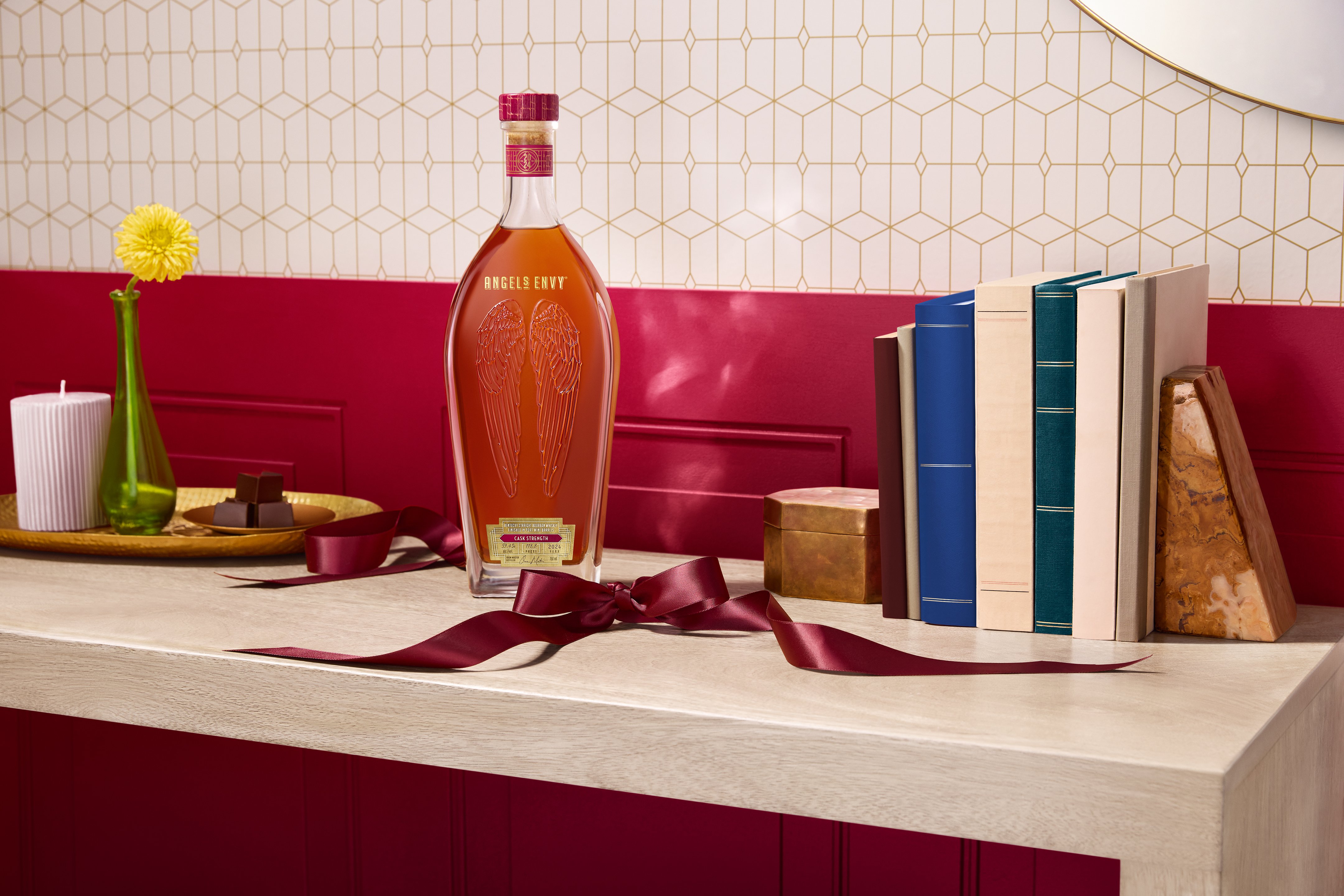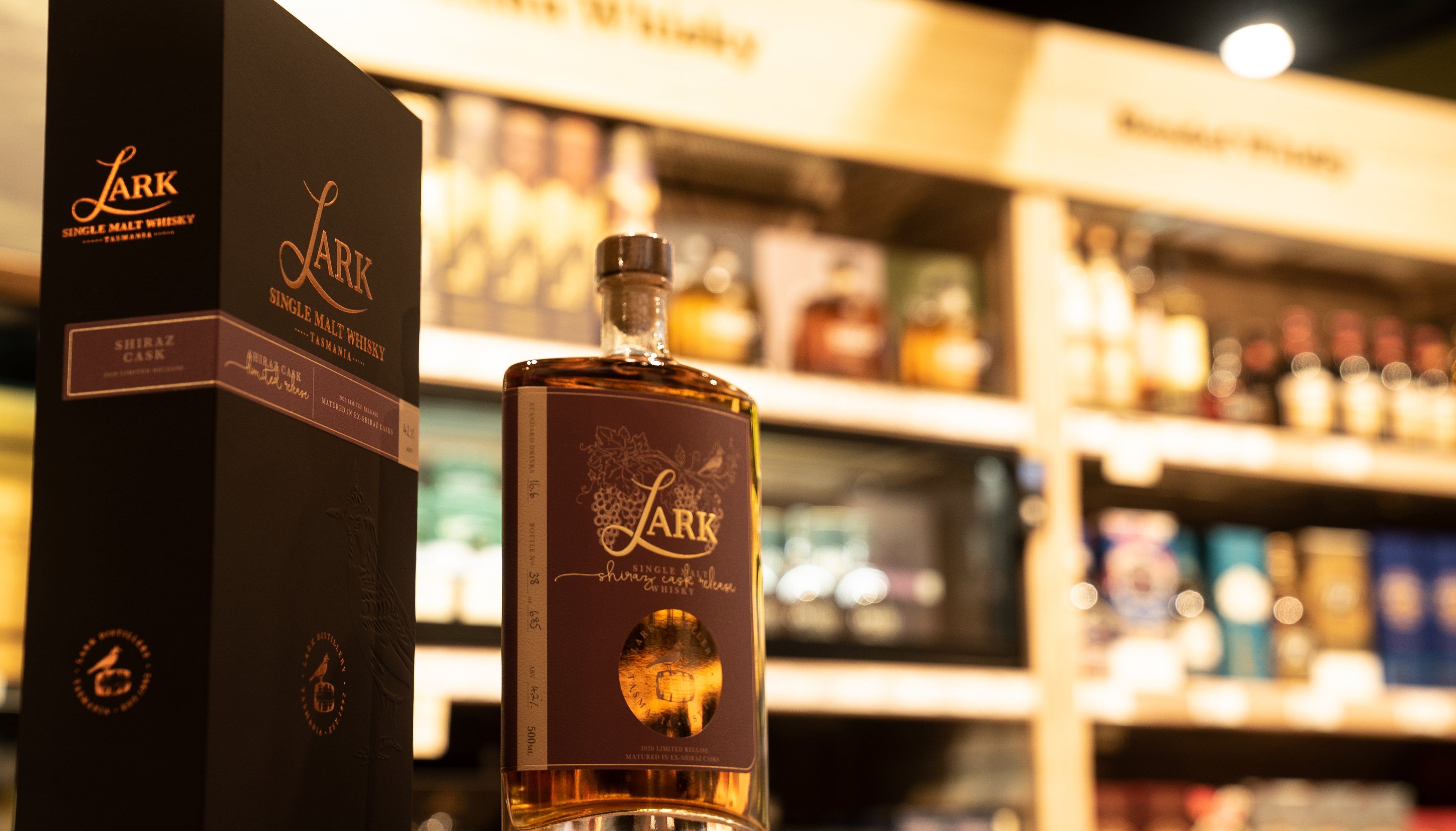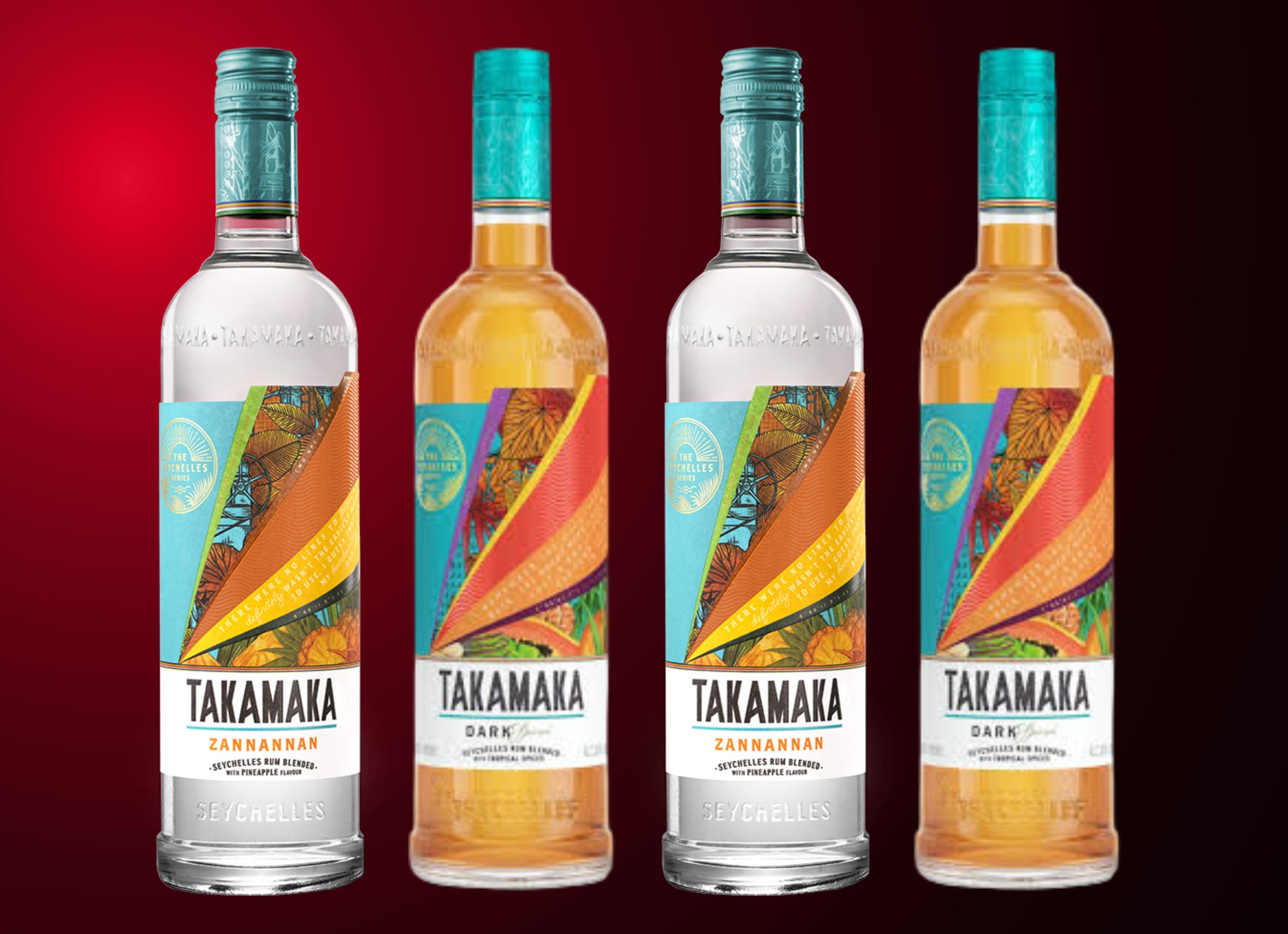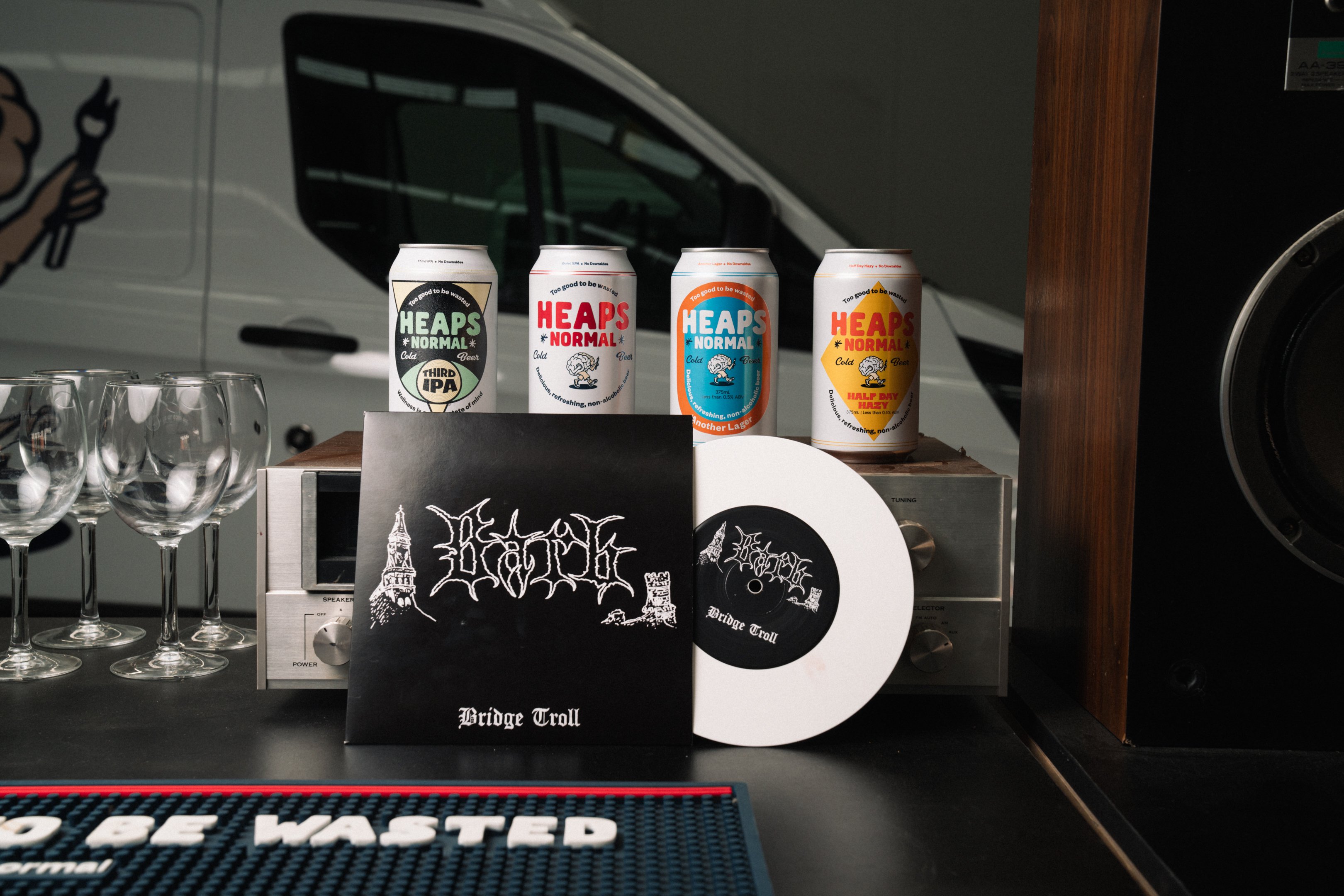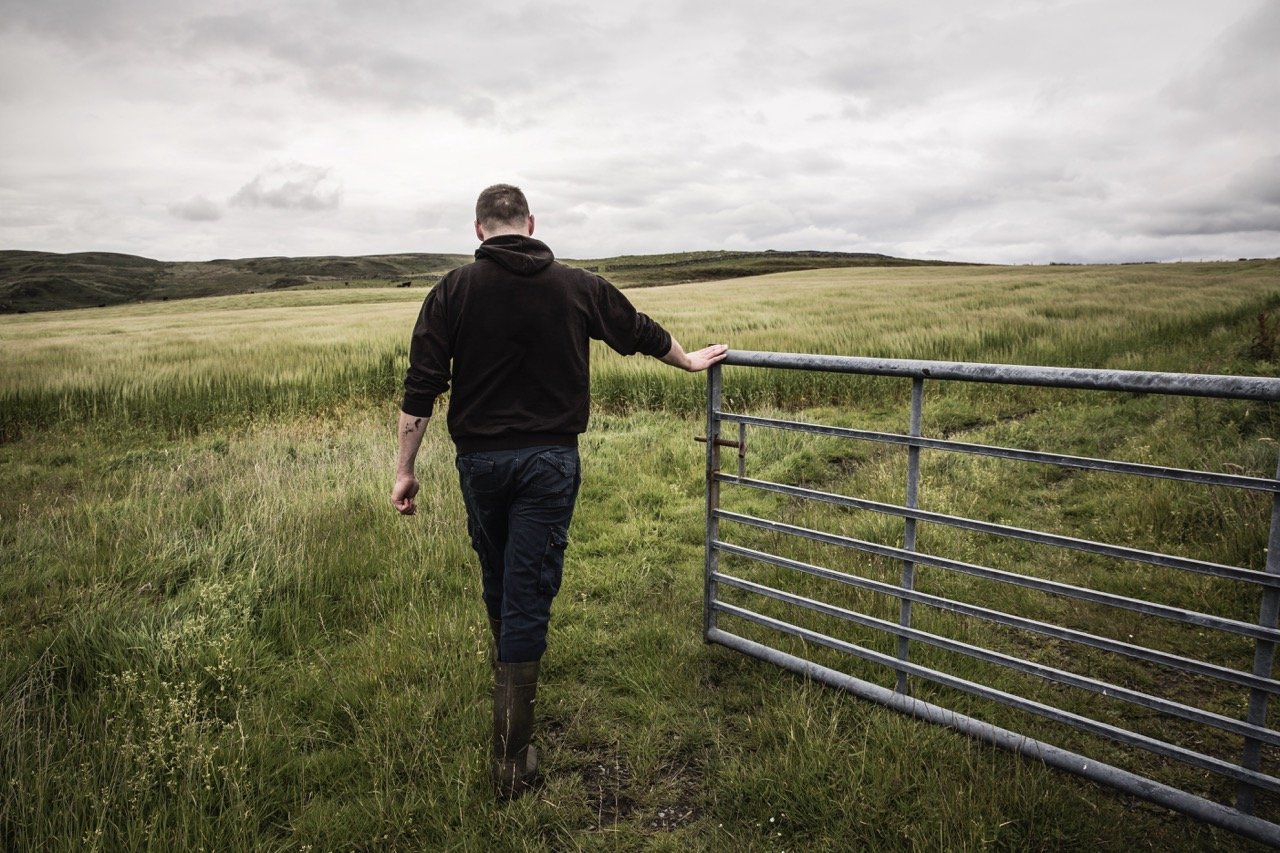Spirits and Cocktails Australia is calling for the Australian spirits tax to be cut to "turbocharge the recovery efforts" of spirits producers hit by a horror year of COVID-19 lockdowns and bushfires.
New economic modelling conducted by PwC for Spirits and Cocktails Australia reveals three options that promise to simplify Australia’s complex alcohol taxation system, while also providing $1.4 billion in additional tax revenue over forward estimates.
Australia currently has the world’s third highest spirits tax. Domestically, spirits are taxed disproportionately higher than all other alcohol categories, even when the alcohol content per standard drink is equivalent.
Spirits and Cocktails Australia chief executive Greg Holland said the current spirit excise rate had increased so much in recent years, it was suppressing consumer demand and therefore reducing Government revenue.
“It is a perverse effect, but the rate is now so high, the Government actually collects less in tax than if the rate was lower,” Holland said.
PwC modelled three alternative scenarios: cutting the spirits tax rate to the brandy rate; freezing both the spirts and brandy CPI indexation for three years; or a combination of matching the spirits rate to brandy and freezing CPI increases.
The third option delivered the greatest revenue boost to the Budget bottom line ($1.4 billion over forward estimates), with a less than 1% increase on overall alcohol consumption and no need to lift alcohol taxes on other producers to compensate.
Holland said a cut in spirits tax could not come at a more valuable time, as spirits producers battled to recover from the triple-hit of COVID-19, bushfires and drought.

“Although there was an initial 23% increase in alcohol sales through bottle shops when lockdowns were first implemented, that was nowhere near enough to offset a 72% collapse in spending through hotels, pubs and bars,” he said.
“As a result, April 2020 went down as the worst month on record for Australia’s spirits, beer and wine producers. Like everyone else, spirits producers are now working hard to bounce back.
“Our industry includes a number of large Australian-based international distilling companies, who produce well-known brands, while bringing a wealth of innovation and service and supply experience that benefits local tourism, hospitality, manufacturing, agriculture and our local craft distillers.
“There are also more than 300 craft distilleries around Australia, with more than 60% of them located outside capital cities. They are vital members of their communities, creating jobs, buying from local farmers and attracting tourism to the regions. Some of them have been hit hard, losing months of tourism income due to the horror bushfire season and now COVID, while also losing valuable suppliers whose farms and operations have also been affected.
“But whether big or small, the unfair level of spirits tax has negative flow-on effects for all of those Australian enterprises.”
The call by Spirits and Cocktails Australia follows the scheduled August alcohol excise hike being paused for the first time since 1983.
The twice annual excise rises are based on the Consumer Price Index, which is published by the Australian Bureau of Statistics and is designed to provide an idea of price inflation in Australian households.
The CPI indexation factor for rates from August 3, 2020 was 0.9850, and as the factor is less than one, the excise rates did not change, according to the ATO.
Share the content
